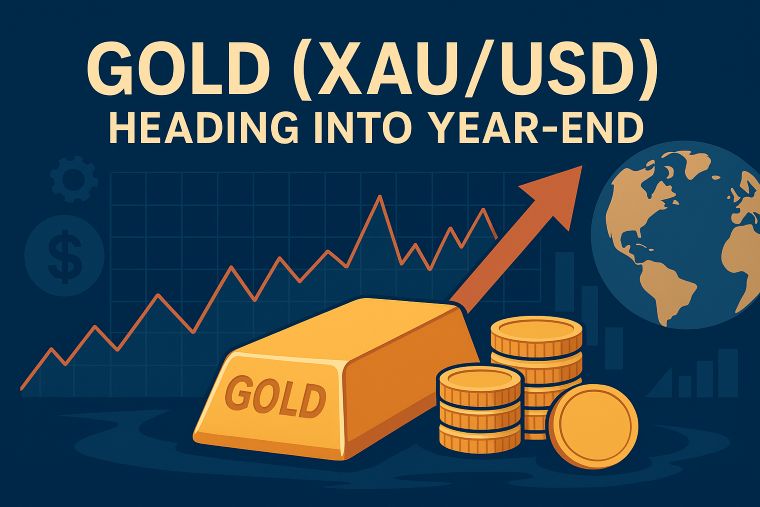3 min to read
We observed a resurgence in the US dollar
driving the USD/JPY pair back into the mid-149 yen range.

“In today’s New York foreign exchange market, we observed a resurgence in the US dollar, driving the USD/JPY pair back into the mid-149 yen range”
Earlier in the day, there was a temporary dip towards the mid-148 yen level. However, a notable reversal occurred during the London Fixing, which took place around midnight in Japan time.
The market dynamics appeared to be primarily influenced by positioning adjustments related to month-end and quarter-end activities. Within this context, we did witness instances of profit-taking at higher price levels. Despite these short-term fluctuations, the core landscape remains relatively stable, characterized by sustained buying interest in the US dollar. Market participants are bracing themselves for a robust dollar trend throughout the upcoming month of October.
Earlier today, we received the August figures for the Personal Consumption Expenditures (PCE) Deflator, revealing a notably gradual pace of increase, the most subdued since the latter half of 2020. The Federal Reserve (FRB) has subtly hinted at the possibility of postponing the next rate hike, which is set to be discussed during the upcoming FOMC meeting. In the short-term financial markets, there is an expectation of over an 80% probability of the FRB maintaining the status quo with unchanged rates. The core index exhibited a modest 0.1% uptick compared to the previous month, while the comprehensive index reflected a 0.4% increase, predominantly driven by the surge in energy prices.
It’s imperative to recognize that a potential US government shutdown could lead to delays in the release of critical economic indicators. For instance, next week’s highly anticipated US employment statistics, scheduled for Friday, October 6th, might face postponement if Congress fails to reach an agreement on a budget resolution.
In contrast, the Euro encountered downward pressure today, causing a retreat to the 1.05-dollar range due to profit-taking activities. Although we witnessed brief moments earlier this week when the EUR/USD pair briefly slipped below the critical 1.05-dollar level, there is a growing perception of overextension following the recent rapid decline. Thus far, the Euro has managed to hold its ground around the 1.05-dollar level. However, achieving upward momentum remains a formidable challenge, as was evident today.
Today’s significant development was the release of the preliminary Eurozone Consumer Price Index (CPI) data for September, which fell short of expectations for both core and comprehensive indices. This data has further reinforced the market’s conviction that the European Central Bank (ECB) is nearing the end of its rate hike cycle.
Nonetheless, the possibility of rate cuts still appears remote. The ECB is highly inclined to maintain interest rates until 2024. While the rise in crude oil prices may push energy inflation into positive territory early next year, the overall impact on comprehensive inflation might be offset by further declines in food and core inflation, potentially leading to a reduction to approximately 3.5% year-on-year by the close of 2023. Despite this, the ECB remains uncertain about achieving its 2% target sustainably, even extending beyond the latter half of 2024. In the event that rate cuts are contemplated, they might come into consideration as soon as September next year.
Shifting our attention to the British pound, it faced renewed downward pressure today, briefly revisiting the 1.21-dollar range due to profit-taking. The UK’s Office for National Statistics (ONS) made a significant announcement today, indicating that, following a recalculation employing a new methodology, the GDP for the second quarter surpassed initial estimates by 2%. This revelation is expected to provide favorable tailwinds for the Johnson administration as it prepares for the Conservative Party conference scheduled for the coming month.
Comparing the GDP for the second quarter of this year to the pre-pandemic figures of the fourth quarter of 2019, it is reported to be 1.8% larger. This growth outpaces that of Germany, which recorded a modest 0.2% increase, and France, with a 1.7% expansion. Despite perceptions of lagging behind other nations and facing challenges in returning to pre-pandemic levels, the UK economy has demonstrated impressive resilience.
However, it is worth noting that this development is not expected to trigger a significant shift in the stance of the Bank of England.
Visit XM Official Website.

